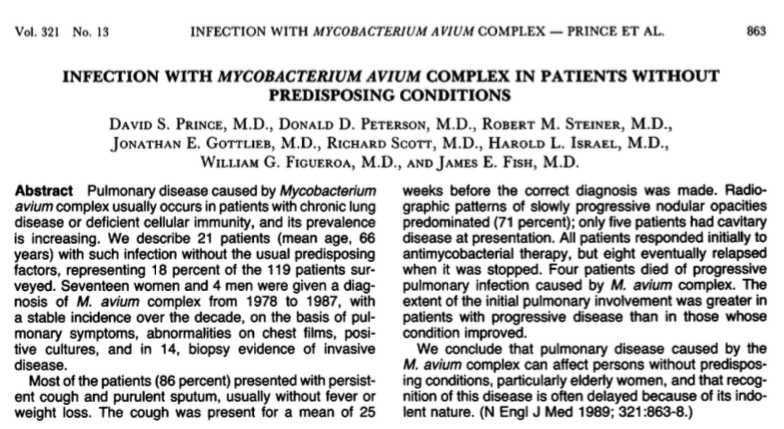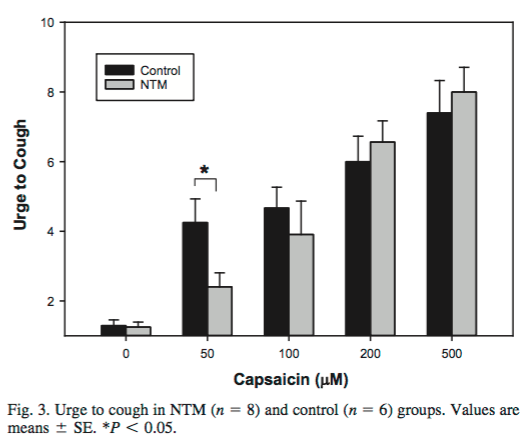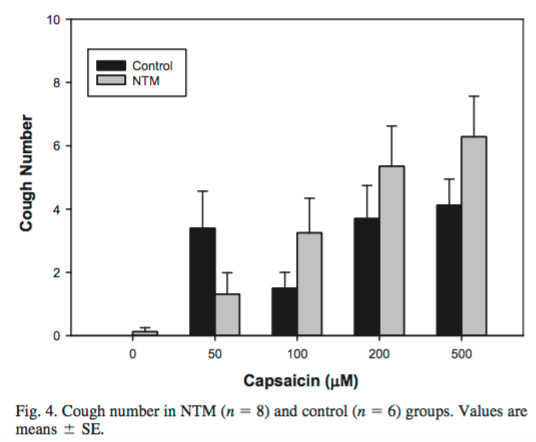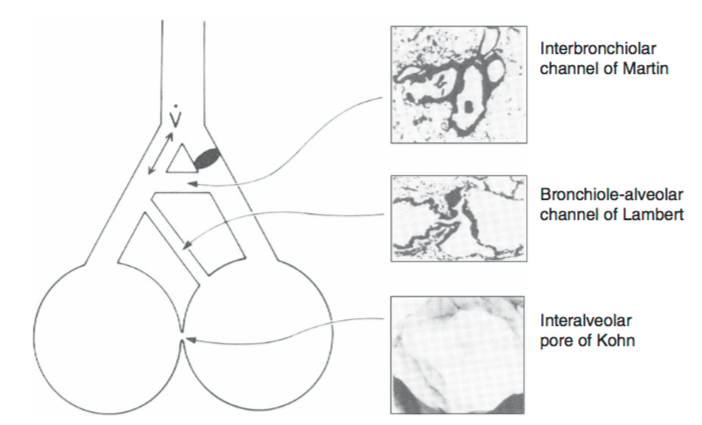Time for another #Pulmonology #Tweetorial that combines history, Oscar Wilde & questioning a long-held belief…
@OslerResidency @sanjayvdesai @DxRxEdu @CPSolvers @tony_breu @david_furfaro @ChadHoc @JohnsHopkinsDOM
Let’s begin with a question:
Why does Lady Windermere Syndrome tend to affect the right middle lobe and lingula in older women without preexisting lung disease?
Let’s start with a little history. Non-tuberculosis mycobacterial (NTM) lung infections have been reported as early as the 1950’s, traditionally in the immunocompromised or those with structural lung disease.
ncbi.nlm.nih.gov/pubmed/13184228
However, the observation that NTM lung infection – particularly Mycobacterium avium complex (MAC) – tends to affect elderly women with no predisposing conditions did not become widespread until this 1989 NEJM article.
ncbi.nlm.nih.gov/pubmed/2770822

In a 1992 CHEST case series, Reich & Johnson describe 6 older women who develop persistent cough, night sweats, weight loss and dyspnea. They were all non-smokers and previously healthy healthy.
ncbi.nlm.nih.gov/pubmed/1600780
They hypothesized that habitual voluntary cough suppression in these older women led to the development of MAC infection in certain lung regions, namely the RML and lingula, and coined the entity, “The Lady Windermere Syndrome”
As many have pointed out, Lady Windermere was a lively 21-year-old woman who never coughed or displayed signs of illness, yet the eponym has become widely engrained in medical vernacular.
ncbi.nlm.nih.gov/pubmed/18301826
As for the cough suppression theory – if true, we’d expect to see more MAC and NTM lung disease in people with neuromuscular weakness & impaired cough (stroke, myopathy, etc), but this doesn’t seem to be the case.
ncbi.nlm.nih.gov/pubmed/18515557
Nor do elderly women with NTM lung infection have an impaired cough reflex or ⬇️ cough frequency when compared with controls (shown in this rather crude study in which capsaicin was used to induce cough in elderly women)
ncbi.nlm.nih.gov/pubmed/28255087


While patients with pulmonary MAC do have higher incidence of GERD than the general population, this doesn’t explain the regional (or sex) differences - a topic we explored in my previous tweetorial.
ncbi.nlm.nih.gov/pubmed/17426224
Which brings us to collateral ventilation, or ventilation of alveoli via pathways that bypass normal airways. This concept (which I admittedly recently learned) was discovered nearly a century ago!
A series of ingenious experiments showed that complete obstruction of an airway was not always followed by alveolar collapse, and that gas exchange distal to an obstruction could be well preserved due to these pathways.
ncbi.nlm.nih.gov/pubmed/16693999
ncbi.nlm.nih.gov/pubmed/16694112

These pathways contribute little to ventilation, but modulate ventilation perfusion imbalance in a variety of diseases. The RML & lingula have reduced collateral ventilation owing to their isolated, segmental anatomy.
ncbi.nlm.nih.gov/pubmed/27739872

In addition to reduced collateral ventilation, the RML & lingula both have long, narrow bronchi that are dependent when upright, which contributes to impaired clearance of secretions, which becomes a nidus for infection & inflammation.
ncbi.nlm.nih.gov/pubmed/5934077
So let’s revisit our original question:
Why does Lady Windermere Syndrome tend to affect the right middle lobe and lingula in older women without preexisting lung disease?
As for why pulmonary MAC disproportionately affects women (80-90% of documented cases), many speculate that hormones play a role as most of these women are post-menopausal.
For example, one interesting study demonstrated that mice who underwent ovariectomy (termed ‘experimental menopause’) were more likely to develop pulmonary MAC, and…
ncbi.nlm.nih.gov/pubmed/11298130
Unfortunately, there is little literature regarding sex hormones and human susceptibility to mycobacterial disease.
To summarize:
✅ Pulmonary MAC can affect healthy hosts with no predisposing disease
✅ It tends to affect RML & lingula due to reduced collateral ventilation
✅ Women may be more susceptible owing to hormone changes following menopause
Thanks for following!









